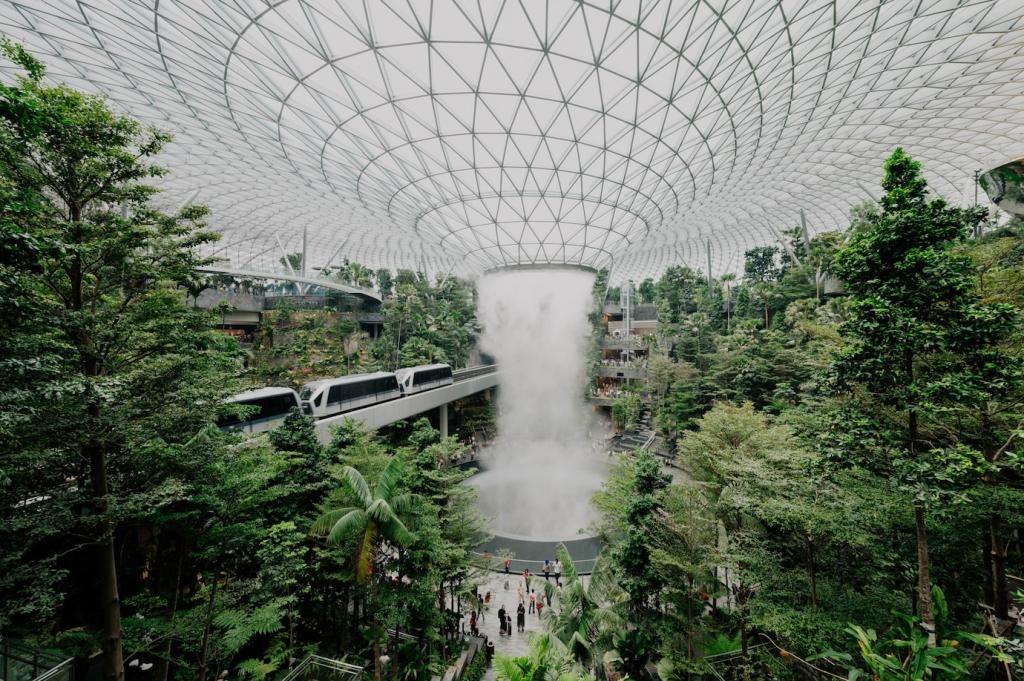Water Conservation Strategies for Apartment Residents
Living in an apartment doesn’t mean you can’t make a significant impact when it comes to conserving water. In fact, apartment communities often face unique water-use challenges due to their shared infrastructure and higher population densities. By adopting practical water conservation strategies, apartment residents can lower utility bills, support sustainable living, and help their entire community reduce water waste. This guide will walk you through effective techniques that you can implement within your living space to make a meaningful difference.

Smart Usage in Daily Activities
Showers are one of the main sources of water consumption in an apartment. Reducing shower time, even by just a few minutes, can lead to substantial annual water savings. Installing water-saving showerheads enhances this effort by maintaining good water pressure while using less water overall. Additionally, turning off the water while soaping up and turning it back on only for rinsing can further reduce unnecessary water flow. By consciously adapting these practices, residents not only conserve water but also lower their energy bills, since less heated water is needed.

Upgrading Fixtures and Appliances
Low-flow showerheads, faucets, and toilets are engineered to use significantly less water than their conventional counterparts. These easy-to-install devices can reduce water use by nearly half in some cases, without a noticeable difference in performance. Many apartment management companies now offer incentives for residents who install such fixtures, recognizing their overall benefits. By choosing low-flow options, residents contribute to large-scale water savings across the community, often leading to lower maintenance costs and improved sustainability for the building as a whole.
Building Community Engagement
Community Awareness Programs
Establishing water conservation awareness programs within apartment complexes educates residents on the importance of saving water and how small acts can have a significant effect. These programs can take the form of informational posters, community newsletters, or regular workshops. By offering practical tips and celebrating collective achievements, they inspire a sense of shared responsibility. Participation in such programs helps ensure that water-saving practices become a habit for everyone in the building rather than just a few motivated individuals.
Shared Responsibility Initiatives
Encouraging residents to report leaks or inefficient fixtures can lead to quicker identification and repair of water issues within the building. Management can motivate this proactive culture by providing easy reporting systems, regular inspections, and prompt maintenance responses. This collaborative approach ensures that common areas, such as laundry rooms and outdoor spaces, are managed efficiently. When everyone takes ownership of water conservation, the benefits extend beyond individual apartments to the entire community.
Resident Feedback and Suggestions
Creating channels for residents to voice their ideas, concerns, and observations regarding water usage helps property managers prioritize improvements. Regular meetings or suggestion boxes can be established, ensuring resident input is valued and considered in decision-making processes. Residents often notice problems or opportunities for savings that may otherwise go overlooked by maintenance staff. Welcoming feedback empowers tenants, making them feel invested in the success of water-saving initiatives throughout the property.
